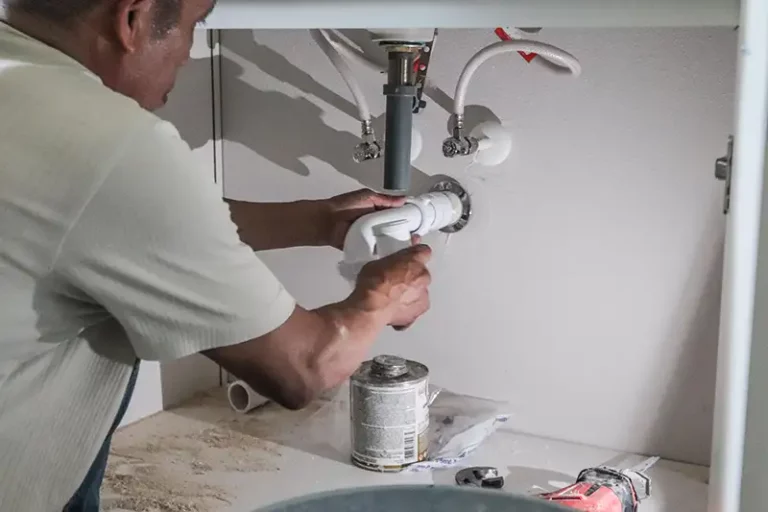
Building Water Leak Protection: Safeguard Structures with Smart Solutions
Share
In an era where technology infiltrates every facet of our lives, mastering building water leak protection should be top priority for tech professionals and enthusiasts. From small office buildings to expansive industrial complexes, understanding how to safeguard against leaks is essential to minimizing damage and ensuring longevity of structures.
Water leaks, if unchecked, pose a significant risk, potentially leading to structural damage, increased utility costs, and business disruptions. The integration of smart technology into leak prevention strategies offers a transformative solution that promises both peace of mind and financial savings.

Understanding the Threat: Water Leak Dynamics
Before diving into solutions, it's crucial to comprehend the nature of water leaks. Whether it's from a burst pipe, faulty appliance, or poor roofing, leaks can start small yet escalate quickly, causing extensive damage. Traditional detection methods are reactive, often identifying issues only after damage has begun.
The Revolution of Smart Leak Detection
Enter the realm of smart leak detection systems. Leveraging the Internet of Things (IoT), these systems use a network of interconnected sensors and devices to continually monitor the building's environment. Not only do they detect leaks in real time, but they also predict potential leak sites using data analytics.
Key Features of Smart Detection Systems
Modern systems like the [IoT Technologies' Smart Detector](https://iottechnologies.io/blogs/our-latest-posts/ai-water-leak-detector) offer advanced features such as automatic shut-offs, remote monitoring via smartphone apps, and integration with broader smart home or building management systems.
These smart systems can pinpoint leaks in critical areas such as industrial settings. Explore more about their features by learning about the industrial leak detection systems.
Real-world Application and Benefits
The benefits of smart leak detection extend beyond immediate water savings. Over time, they help facilities reduce insurance premiums and contribute to sustainability efforts by minimizing waste. In fact, smart detection systems can increase the overall value of a property by demonstrating an advanced commitment to safety and efficiency.
Challenges and Solutions in Implementation
While the tech-savvy might leap at adopting new solutions, challenges still exist in the implementation phase. Budget constraints, system integration issues, and technological overhauls can pose barriers. However, the long-term ROI on building water leak protection often offsets these upfront costs.
For tech enthusiasts and professionals, exploring comprehensive resources can aid in implementing effective protection systems. Consider reviewing the advantages of owning a smart system to better understand the pros and cons.
Future Trends and Innovations
As AI and machine learning continue to evolve, their applications in water leak protection will only expand. Predictive maintenance, leveraging historical data and real-time analytics, will empower building managers with actionable insights preventing leaks before they start.
What Can You Do Today?
If you're ready to explore options, consider starting small with key monitoring points in risk-prone areas, such as basements or near major plumbing networks. The use of a simple warehouse water leak sensors can significantly mitigate risks until comprehensive systems are feasible.

FAQ: Common Concerns Answered
- How do smart leak detectors work? They use sensors to monitor humidity levels, water flow, and temperature changes. These sensors connect to a central hub that sends alerts via an app.
- Are these systems cost-effective? Yes, by preventing costly damage, lowering water bills, and potentially reducing insurance premiums.
- What should I consider when choosing a system? Key considerations include the scale of your facility, specific vulnerabilities, and compatibility with existing IoT devices.
